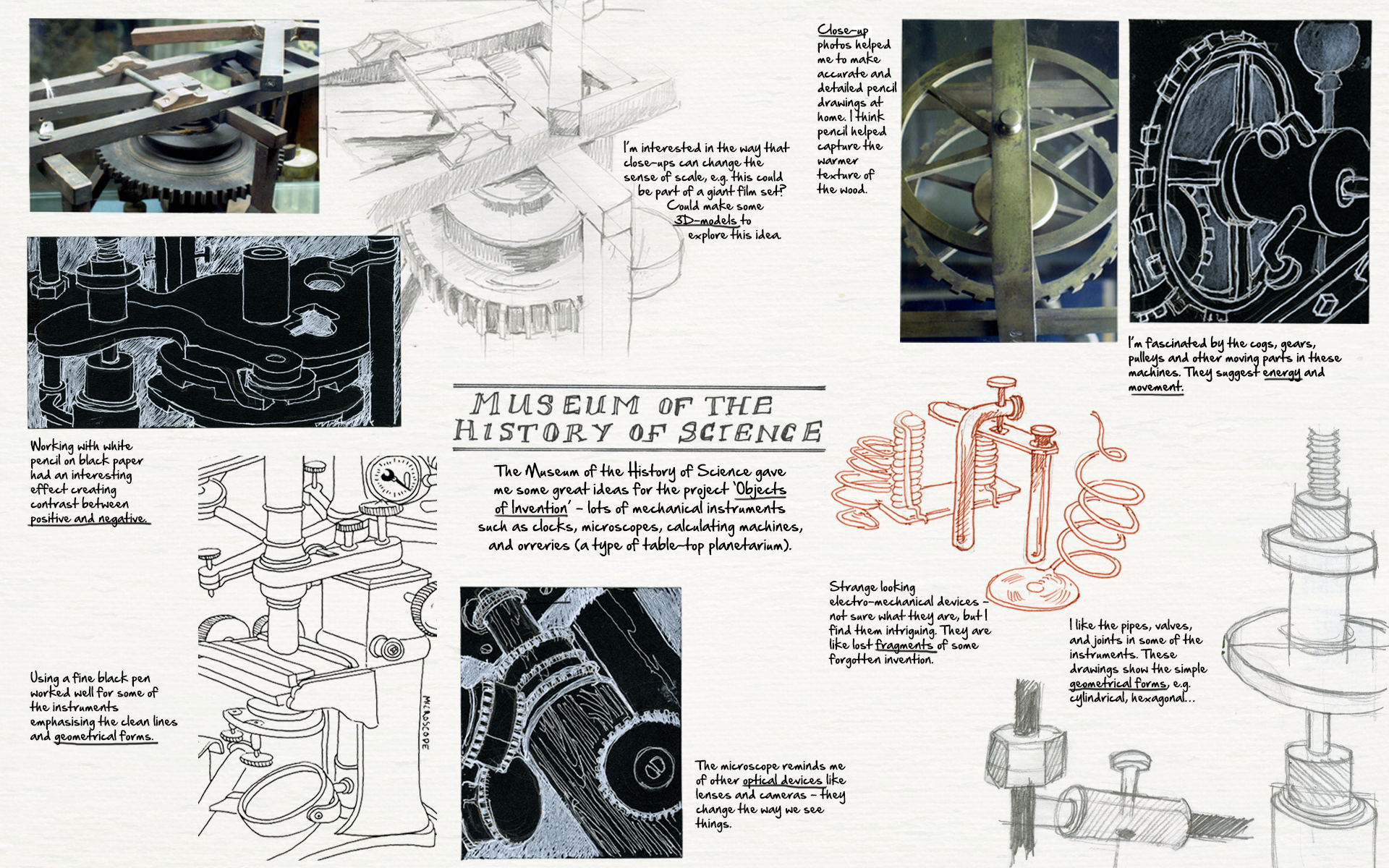Objects of Invention
- Museum: Museum of the History of Science
Objects of Invention
The Museum’s collection is full of ingenious devices used for many different purposes such as scientific investigation, models for demonstrating scientific concepts, or for use in daily life. Most are handmade by individual craftsman before the era of mass production, and can be considered artworks in themselves. Visit Animate It to see short films of a selection of working instruments: http://www.mhs.ox.ac.uk/animateit/
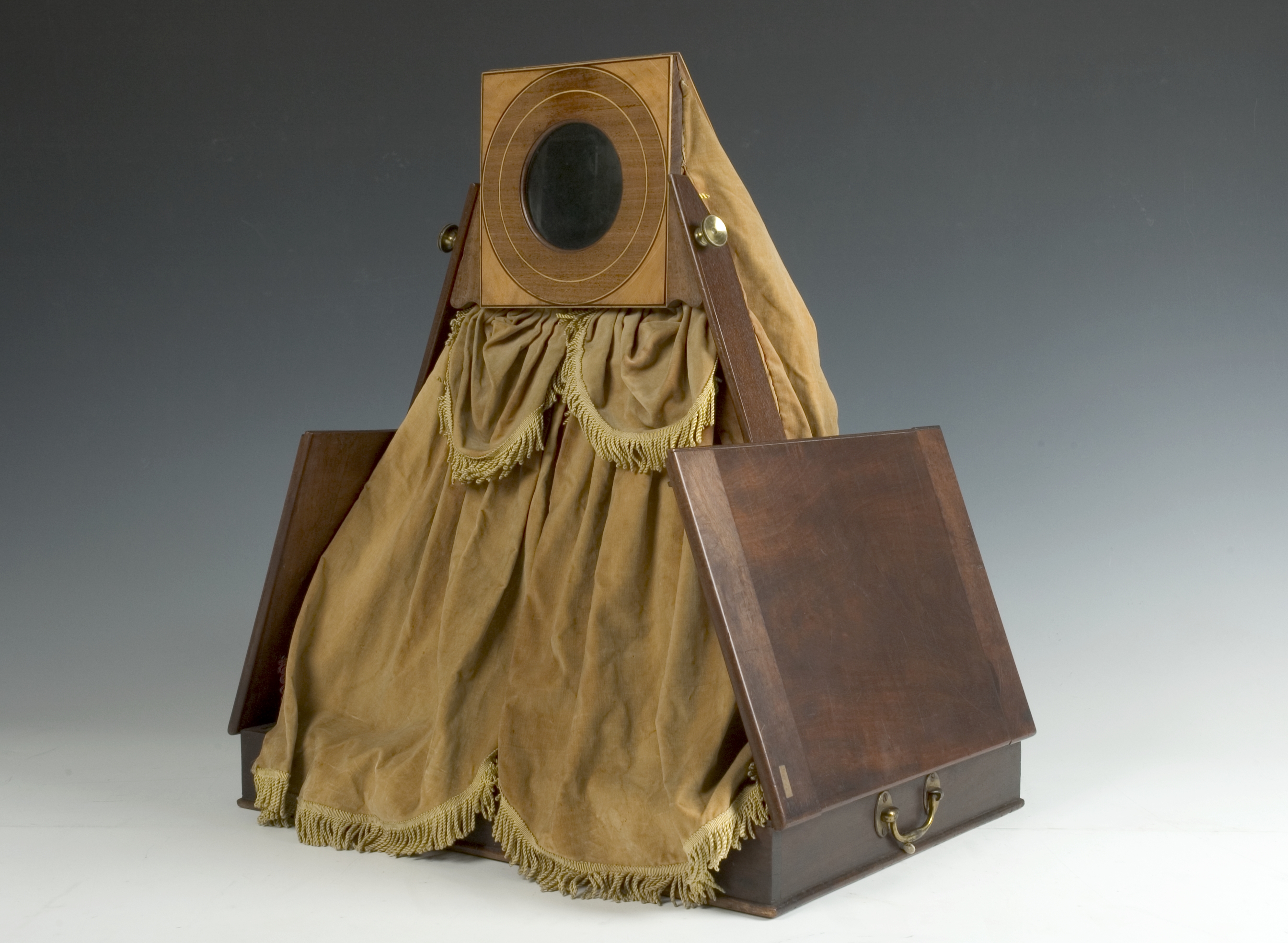
Ways of Seeing
Image: 18th-century camera obscura, inv no. 92218
There are many optical instruments in the collection such as telescopes and microscopes which were invented in the 17th-century. The Museum also houses a fabulous collection of early cameras including camera obscuras which have been used by artists in the past to capture perspective. Abelardo Morell is a contemporary artist who has made use of the camera obscura. Find out more at http://www.abelardomorell.net/project/camera-obscura/

Geometrical Forms
Artists and scientists have both been inspired by the mathematics of symmetry and geometrical form. There are lots of mathematical instruments in the collection, but also geometrical models for studying things like crystal symmetry in geology. Fascination with geometric form found expression in the work of the constructivists such as this painting by the Russian artist Lyubov Popova, and in Cubism. Follow this link to find out more about Cubism:
http://www.tate.org.uk/learn/online-resources/glossary/c/cubism
Steampunk
Gadgets, dials, mechanical devices, mahogany, brass, and other materials are the inspiration for Steampunk. Originally an underground movement, Steampunk has now become mainstream and has inspired set and costume design in any number of retro-futuristic books and films. For an exhibition of Steampunk art inspired by the Museum’s collection, see http://www.mhs.ox.ac.uk/exhibits/steampunk/
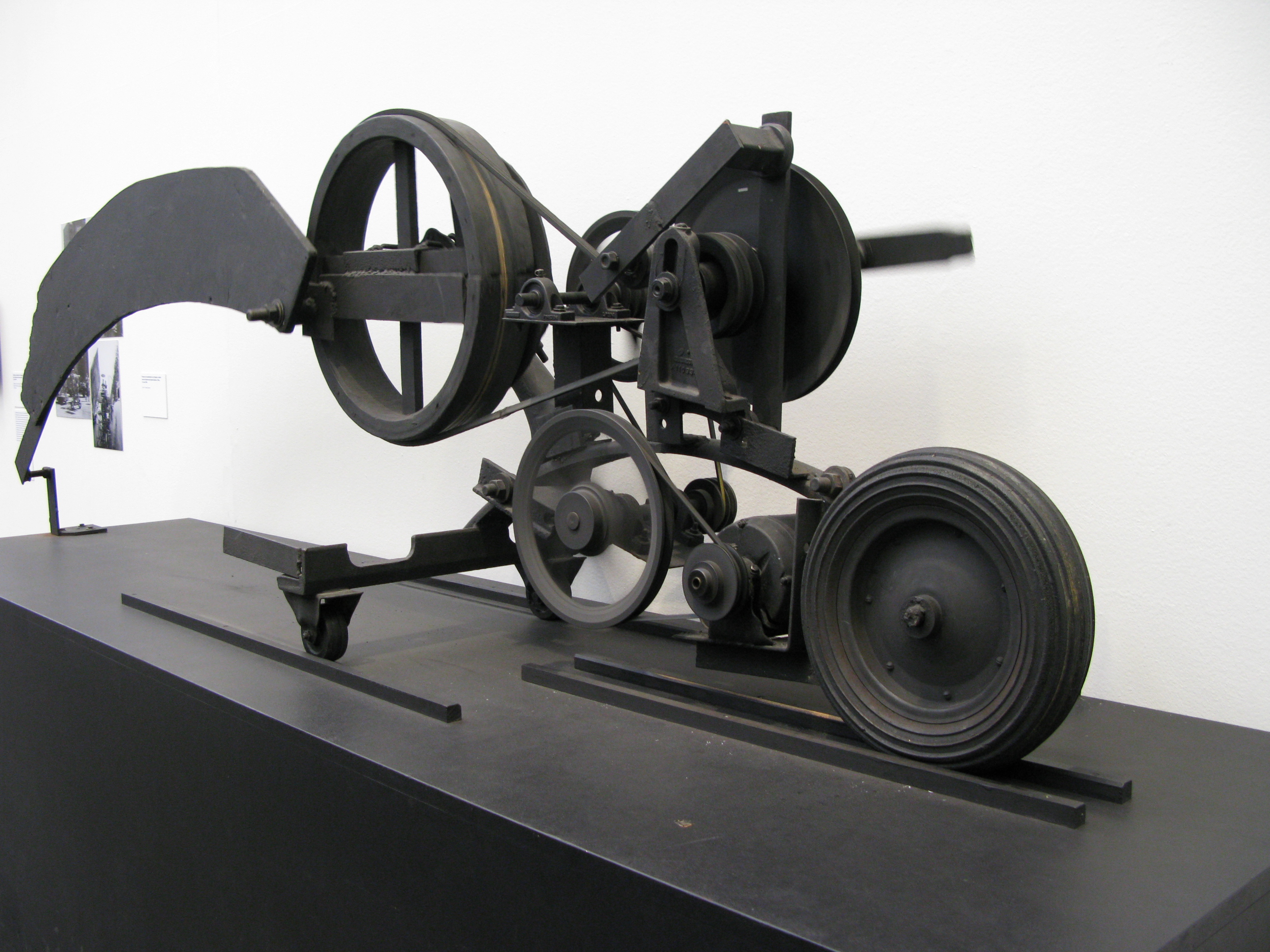
Kinetic art
Moving mechanical devices have inspired many artists of the 20th-century. Jean Tinguely was a Swiss painter and sculptor best known for his sculptural machines or kinetic art, in the Dada tradition. Tinguely’s art satirized the mindless overproduction of material goods in advanced industrial society. For more about Jean Tinguely, see http://www.tate.org.uk/art/artists/jean-tinguely-2046
Image: Sculpture by Jean Tinguely, Kunsthall Roterdam
(c) Marczoutendijk | CC-BY-SA-4.0
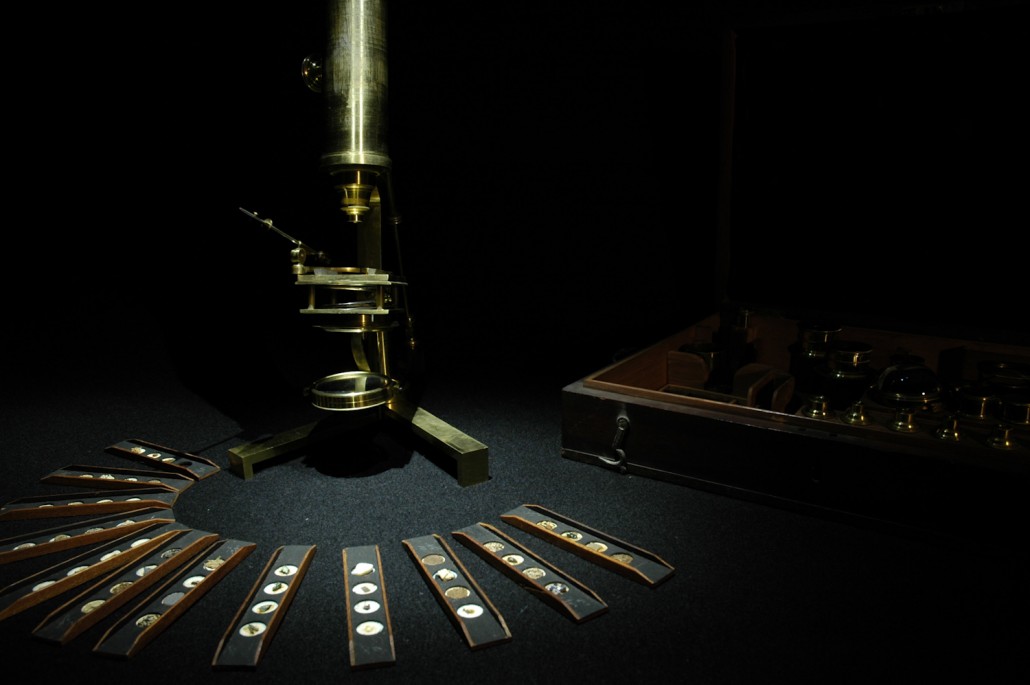
The Great Pedanto
Image: Microscope from the animation ‘The Great Pedanto’
Models and close-up of instruments have inspired many artist and makers. Take a look at this animation film by contemporary artist Heather Barnett of a microscope taking the stage: http://www.mhs.ox.ac.uk/multimedia/animations/the-great-pedanto/
Why not investigate the fascinating world of artist Joseph Cornell to see how he incorporated scientific and technical objects into his ‘boxes’.
Escher
Maurits Escher was a Swiss artist who exploited the contrast of black and white in many of his prints and drawings. This close-up drawing is reminiscent of some of his famous mathematical and geometrical ‘puzzle’ drawings based on seemingly impossible perspectives. For more on Escher, see http://www.mcescher.com/
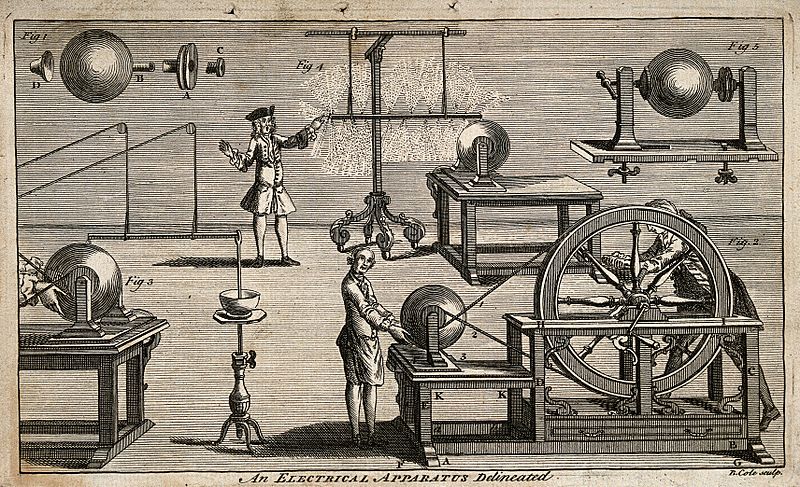
Scientific engravings
There is a long tradition in science of graphic illustration of scientific apparatus. These appear in many books about science from the 16th-century onwards until photography took over the role of illustration in the 20th-century. This engraving shows a range of early electrical apparatus which in the 18th-century was often used for entertainment.
Image: 18th-century scientific engraving
This file comes from Wellcome Images, a website operated by Wellcome Trust, a global charitable foundation based in the United Kingdom.
